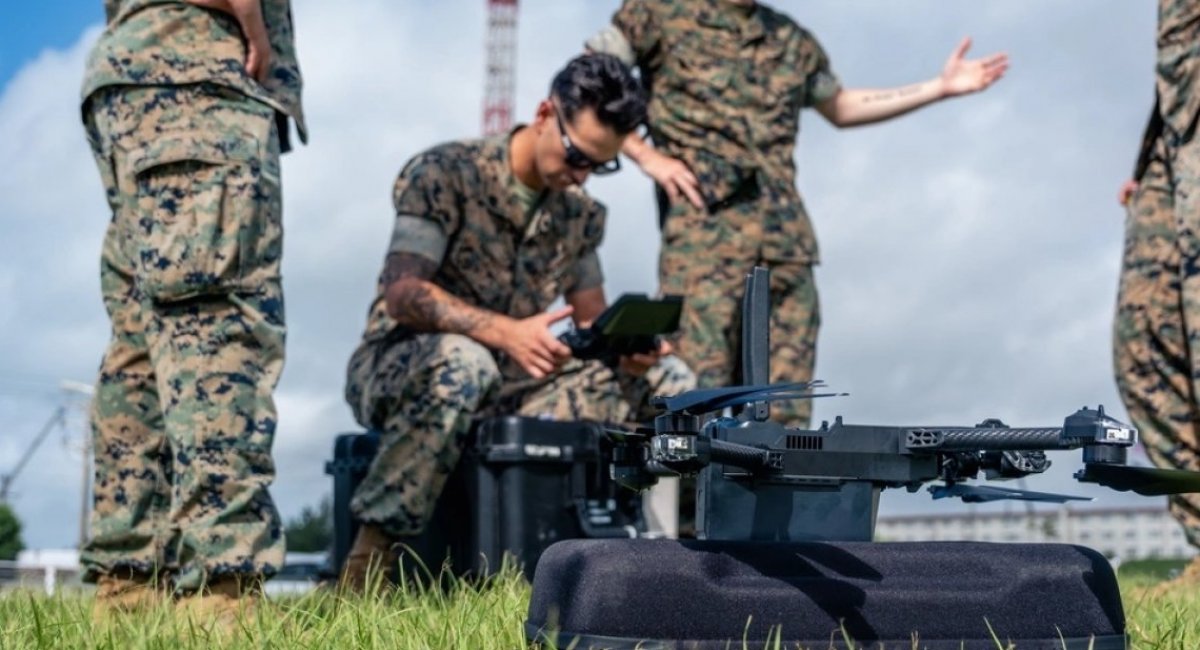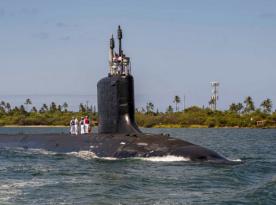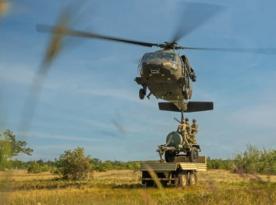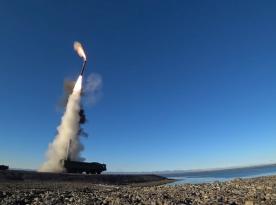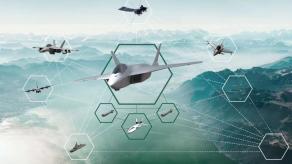Commander of U.S. Marine Corps Forces, Pacific, Lieutenant General James F. Glynn, during the AFCEA TechNet Indo-Pacific conference held October 28–30 this year, urged weapons and equipment manufacturers to bring more prototypes of their systems to exercises so that a few samples could be left with the military for further development work.
"When you come with it [a prototype], don't come with one with the intention to take it home with you and all the data that was collected while we conducted an exercise together," the lieutenant general stressed. Breaking Defense quotes him.
Read more: Venezuela Is Threatening the U.S. with russian Kh-31A Missiles — But Are They Really That Dangerous for the U.S. Navy?
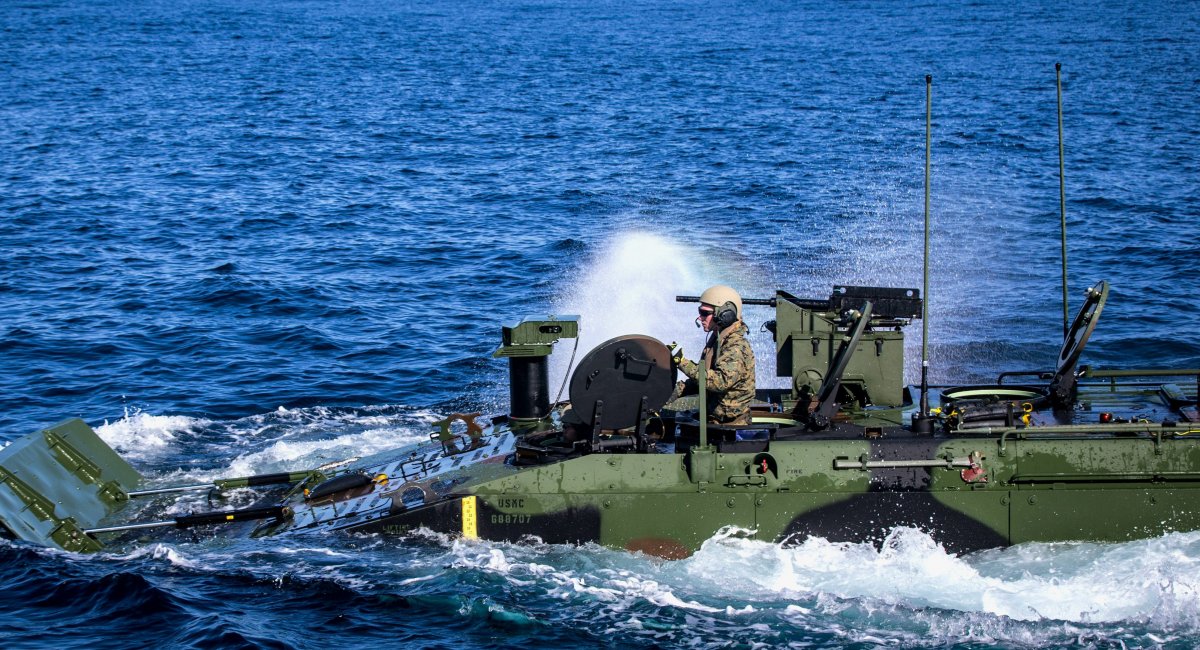
Instead, he proposes that manufacturers bring a larger number of prototypes to training or testing and leave several with the military so they can continue working on them. The manufacturer would then be able to get more feedback from the troops to improve its designs ultimately this should have a positive effect on the schedule for fixing teething problems and refining systems.
In the end, the time from delivery of first prototypes to contract awards and serial production should be significantly shortened.
The desire to complete all testing stages as quickly as possible and field new pieces of equipment in tight timeframes is understandable in today's environment battlefield realities change so fast that a solution that worked yesterday may perform much worse today, so flexibility, speed and adaptability are decisive.
All the more so in competition with an opponent like China, which is rapidly rearming and demonstrating new modern systems. As an example, one can recall that while China is working on an ekranoplan, a similar project in the U.S. didn't even reach prototype construction and budget cuts rather than technical problems may have been the reason.

At the same time, it is worth noting that the U.S. Marine Corps sometimes hesitates to adopt technologies that have already proven effective on the battlefield for example, the Corps will receive FPV drones only in four years time, and even then it is unclear which ones.
Read more: Ukrainian Forces Strike Rosneft's Tuapse Oil Terminal Deep in russia




